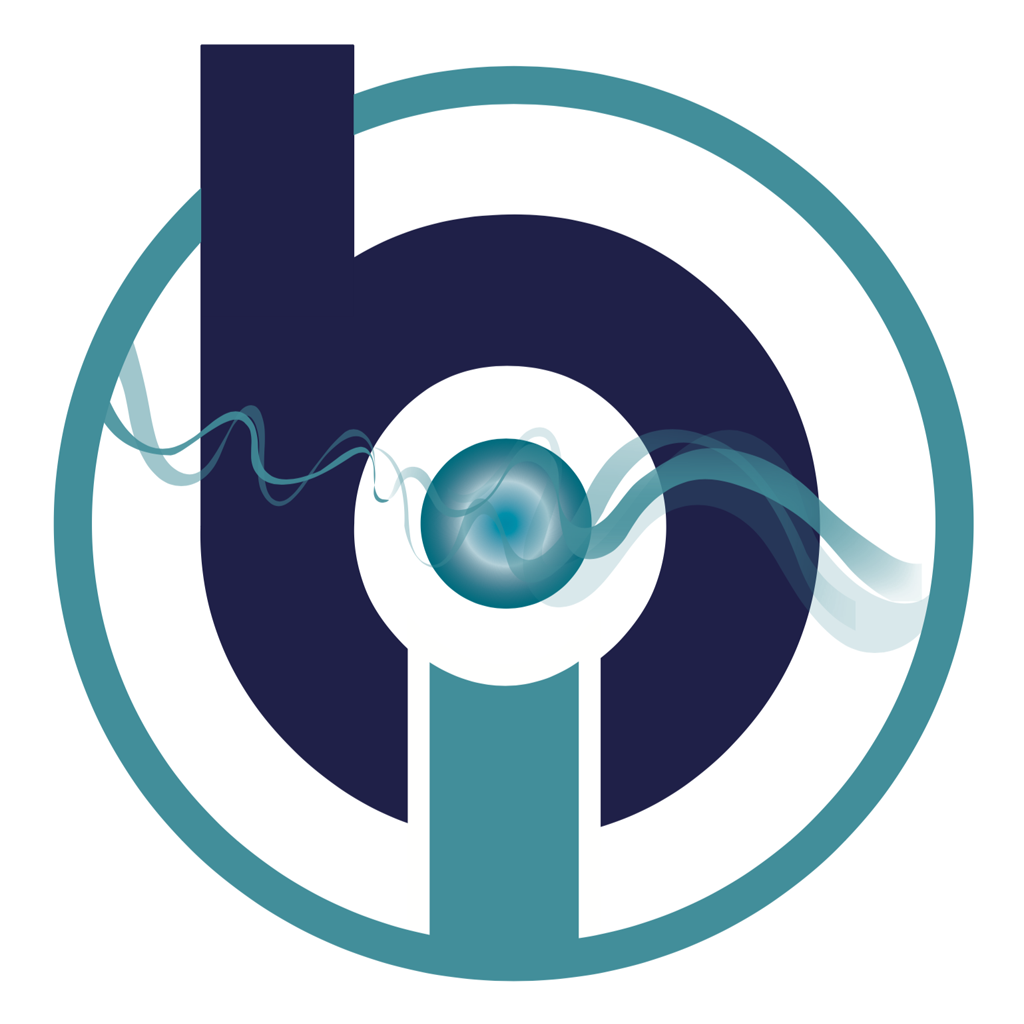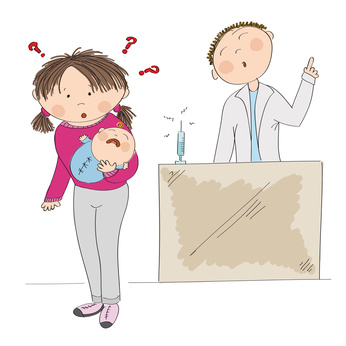Autism is a term that described a number of health concerns that affect the behavior of an affected patient, as well as their communication and social skills. Each case of autism often tends to be quite unique; thus diagnosis and treatment are sometimes challenging to a healthcare provider. It is important to know that there are multiple types of autism that can be found in a particular patient – some patients would only showcase symptoms of a single autism disorder, while others may express symptoms related to multiple types of autism disorders. For this reason, autism has been named “Autism Spectrum Disorder”, to indicate that the term does not refer to a single condition, but rather to a “spectrum” of conditions and symptoms.
The Prevalence Of Autism
Autism is more commonly diagnosed in younger boys than in younger girls. According to Autism Speaks, approximately one out of every 42 boys will be diagnosed with autism in the United States. Amongst girls, approximately one out of every 189 are diagnosed with this condition. Together, the average is one out of every 68th child within the United States. Furthermore, as much as 50,000 teenagers turn into adults every single year – this means they are leaving school, which also causes them to become deprived of the special services that are made available to autism children and teenagers at certain schools.
The Symptoms Of Autism
It is sometimes difficult to diagnose autism due to the fact that the condition does not always present the same symptoms in two particular patients; thus it is important to note the many different symptoms associated with the condition and to look out for any of them. It should also be noted that autism can often be identified in young children – in certain cases, autism can be diagnosed as young as at 18 months.
WebMD explains that primary symptoms to look for includes issues with a suspected patient’s social relationships and how the person interacts with other people. Their body posture and facial expressions during a conversation may not match that of what would be considered “normal” in the particular situation. Problems with both nonverbal and verbal communication are also signs of autism to be concerned about. Up to 40% of patients diagnosed with autism are unable to speak throughout their entire lifespan.
Associated Diseases
Medical professionals that study autism have noted that some health conditions often tend to be present amongst those diagnosed with autism. It is important to know about these particular conditions and to determine whether they may be present in a particular individual when they are diagnosed with autism as they may lead to further complications, especially when left untreated.
The particular types of health conditions that are often diagnosed amongst patients with autism includes:
- Attention-Deficit Hyperactivity Disorder, also called ADHD
- Certain types of phobias
- Signs of anxiety
- Sleep problems
- Seizures
- Disorders that affect the gastrointestinal tract
Conventional Treatment Options For Autism
Currently, no cure exists for patients with autism. The main symptoms experienced can also not be completely eliminated through the use of medication. Early intervention, however, has been shown to help tremendously with improving the affected person’s quality of life, as well as their physical and mental abilities, later in life. For this reason, early diagnosis is always recommended – parents should have their children examined frequently, starting at as young as nine months, to identify the condition sooner rather than later.
Once diagnosed with the condition, several treatment options are available that may assist with reducing the severity of the symptoms experienced, attending to the associated diseases, and to help improve the affected patient’s quality of life.
According to the Centers for Disease Control and Prevention, many patients with Autism have been able to improve in some ways with the utilization of behavioral and communication therapies. Certain dietary restrictions and approaches have also been shown to provide a significant improvement in the affected patient’s life. There is some medication that can be used in certain cases, as well as some complementary therapies and medicines that have been proven to have promising effects amongst patients with autism.
Bioresonance Therapy For Autism
Bioresonance therapy has shown promising results when used amongst patients diagnosed with autism – both young and old. The technique utilizes the body’s own electromagnetic waves in order to promote improved healing capabilities, better metabolism and improved detoxification. Even though bioresonance therapy is not able to correct the damage that autism has dealt to the patient’s brain, this therapy has been shown to enhance the function of the patient’s brain; thus allowing them to experience an improvement in their symptoms, as reported by The Body Group.
Conclusion
Autism affect millions of both children and adults, and can lead to complete isolation of socialization, as well as severe communication disabilities in more serious cases. The condition can also lead to the development of other problematic symptoms. Several scientific studies have linked autism to a number of associated diseases, with gastrointestinal problems being a particular area of focus. With the utilization of bioresonance therapy, brain function may be optimized and the body can be detoxed more effectively, which could lead to the improvement in certain symptoms experienced by the patient.



